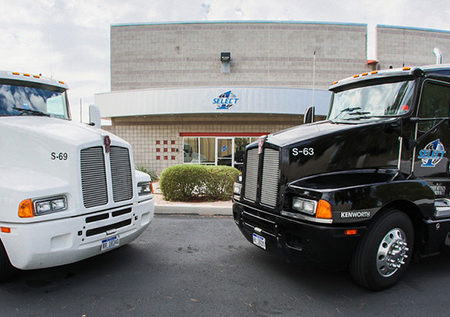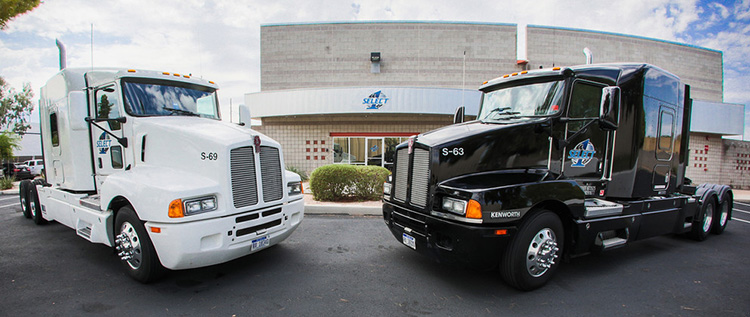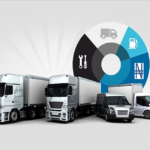
The first step to evaluating your fleet management requirements is determining the type of fleet that your company will need.
You may likely have to proffer answers to the following questions in arriving at the fleet type that is appropriate for your business:
– What is your business classification?
– Does your company fall into the small business category, the large business category, or somewhere in between?
– What industries does your business work within? Does this affect its classification?
– How many vehicles will you need?
– How many vehicles does your company currently have, if any?
– In an ideal situation, how many vehicles would you like to add to your fleet and why?
– What types of vehicles will you need?
– Will you need delivery vans, work trucks, semi-trucks?
– Will your company require a fleet that comprises several different vehicle types?
ACQUIRING VEHICLES
After establishing a preliminary list of fleet requirements, you can move forward with the process of acquiring your fleet’s vehicles.
Selecting Your Fleet
As mentioned above, selecting the most appropriate types of vehicles according to your business’s purpose is crucial. For example, a residential cleaning service business would probably need sedans and minivans whereas a freight delivery company will likely deal exclusively in heavy duty and super heavy duty trucks.
Vehicle Acquisition Options
Companies can acquire vehicles for their fleet through two primary methods: purchasing or leasing. However, you aren’t restricted to one methodology or the other, as there may be financial and operational reasons to alternate between procurement methods.
- Company Vehicle Purchase
In this type of acquisition, the company directly purchases a fleet vehicle from a trusted source, whether that is a dealership, auction house, or other verified independent reseller. One advantage of buying your fleet vehicles outright is the ability to apply your logo and branding uniformly across your fleet.
Also, many car manufacturers and dealerships offer fleet discounts for companies interested in purchasing vehicles in bulk. Unfortunately, there is a heavy front-end financial investment involved in buying vehicles outrightly.
- Company Vehicle Lease:
In the case of vehicle acquisition through leasing, your company would sign a leasing agreement with the organization or business that owns the vehicles. This agreement would cover all the terms of the lease, including monthly payments, maintenance requirements and mileage stipulations, and the length of the lease.
When leasing fleet vehicles, you tend to lower monthly costs and have the ability to update your fleet every few years. Leasing most often aligns well with economic life cycling, resulting in the ability to operate a more current fleet of vehicles.
One of the biggest downsides to leasing is that, oftentimes, the lessee is on-the-hook for any damage to the vehicle upon lease termination. Insurance can mitigate this risk, but it still presents an important consideration for the fleet manager.
- Other Considerations – Green Fleets:
In recent years, as global climate change and environmentalism have moved to the forefront of the public scene and many companies have begun migrating their fleets from traditional fuel sources such as gasoline and diesel to more environmentally friendly options. Green fleet has the potential to significantly reduce lifecycle costs and vulnerability to volatile fuel prices.
That is in addition to significantly cutting down on your fleet’s emissions, which is an immediate and meaningful way to reduce your company’s carbon footprint.
While improving your company’s public perception may be reason enough to consider a green fleet, in a place like US for instance, it is fast taking the dimension of a regulatory requirement. The recently proposed legislation could force transportation industries to focus on greener fleet options in the coming years.







